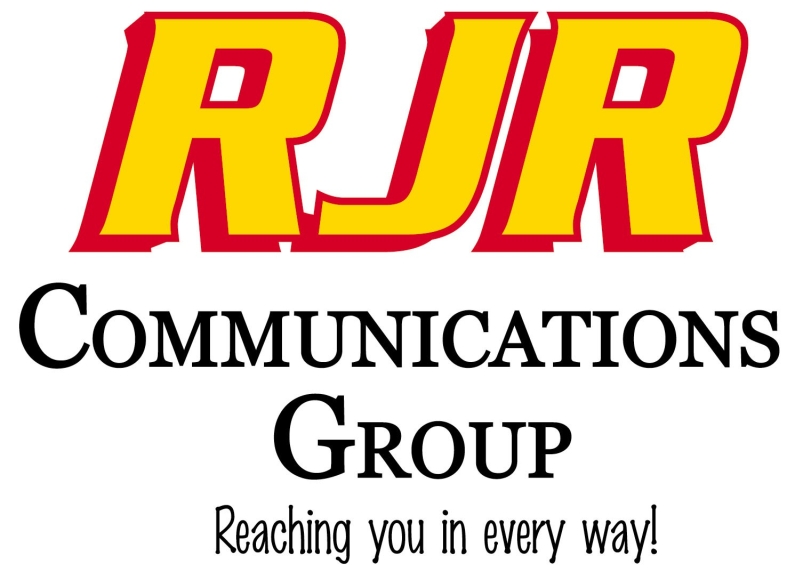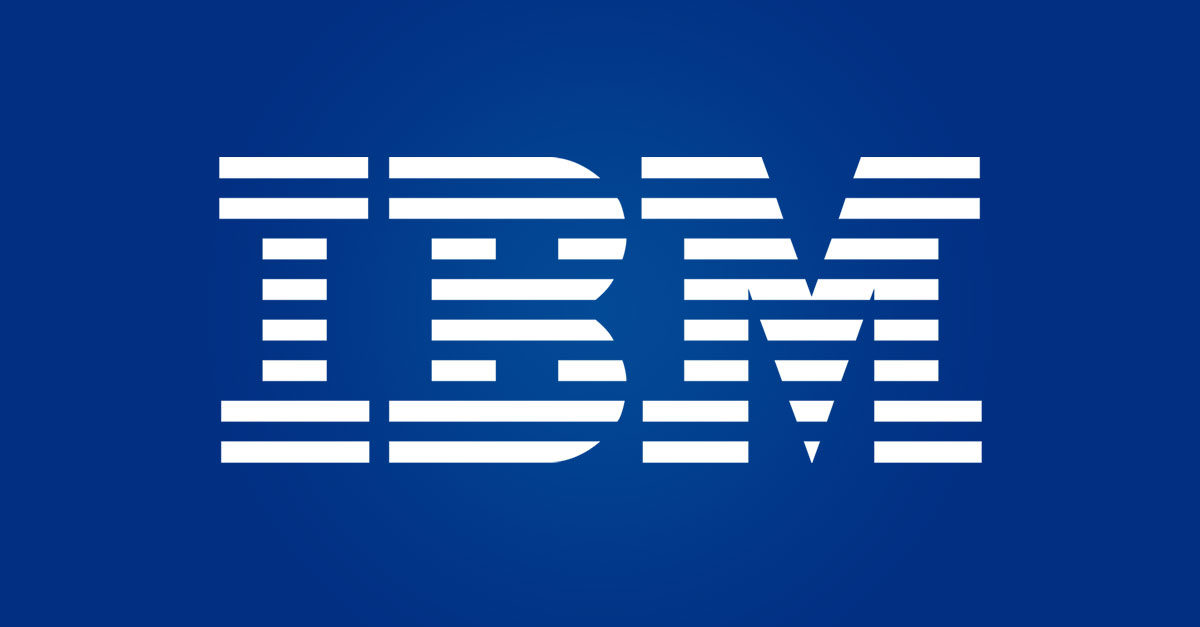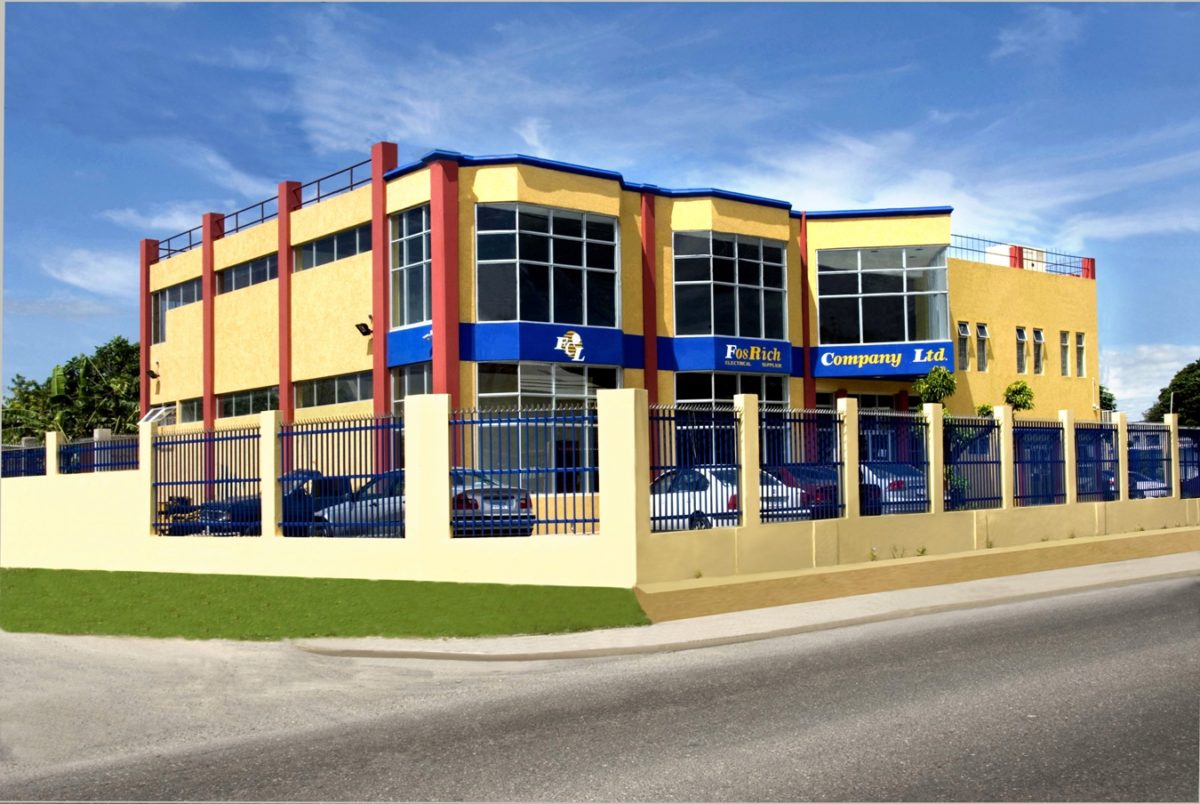One very vital aim of any company is to grow in value and to return to its shareholders. That is exactly what our Junior Market player Access Financial Services Limited [JSE: AFS] is doing.
Operating through 25 branches and one of the leading providers of personal and business loans in Jamaica, Access Financial (AFS) has dispensed over J$ 15 billion dollars to its customers. The company has funded many individuals and SME businesses, which has aided in the development of the economy; the more money in circulation, the more money spent, and the more companies being funded, the higher the rate of creation of jobs.
In an effort to maintain market competitiveness, Access Financial (AFS) has a significant interest in a Florida based consumer finance firm. Though full details of the transaction are not yet available, we can confidently say ‘it’s a good look’. Not only has the company now broadened its access offshore but will now claim another piece of the market share, thus increasing market sentiment.
The Junior Market is known for holding companies that provide growth to its investors, and Access Financial (AFS) will certainly not be pardoned. Recently, two other acquisitions were finalized, Micro Credit Ltd and the assets of its rival, Damark Ltd, resulting in an 11% increase in their loan booked from J$ 26 billion. Even though all companies involved are within the Microfinancing industry, diversification in their risk profiles made a significant difference, growing loans 5% over what was expected in that period.
In the first quarter ended June 30, 2018 (Q1 2018), Access Financial (AFS) reported an exceptional 16% increase in Net Profit to J$ 217 million from J$ 188 million for the same period of 2017. This was attributable to the simultaneous increase in revenues and a decrease in expenses, something most companies dream of. Operating income increased by a whopping J$ 58 million in Q1 2018 over Q1 2017 and a just as good J$ 26 million decrease in Operating Expenses.
Can there be more?
Yes!
Though the company’s ROE fell by 8% year-over-year, they have still managed to boast an excellent 40% ROE in Q1 2018 and a J$ 0.10 or 15% increase in EPS year-over-year. There was also an increase of J$ 665 million in their asset base due to focusing on the betterment of their strategies and shifting their market positions.
With their positive news, growth and strong financials, Access Financials has now set a precedent for what is to come.
Over the past year, AFS’s stock price has seen a slow but steady growth of $5.30. Closing yesterday at J$ 45.50, we will have to watch and see how the market reacts.
Can the company maintain its momentum?
Will Access be denied the positive market reaction with its new ventures?
I am eager to see!
Are you?
If you liked this article and want to read other great stories, try our Archives. Also if you are new to investing you can try our Investment Basics Blog.
If you want to start investing with SSL but don’t have the time to monitor the market or to conduct the trades yourself then you can choose one of SSL’s managed Financial Planning products. We offer a variety of products for every type of investor and if you are interested in managing online trades yourself and having complete control over your investment portfolio then you can try SSL’s Brokerage account.
Follow us on Facebook, LinkedIn and Twitter please leave us a review.












